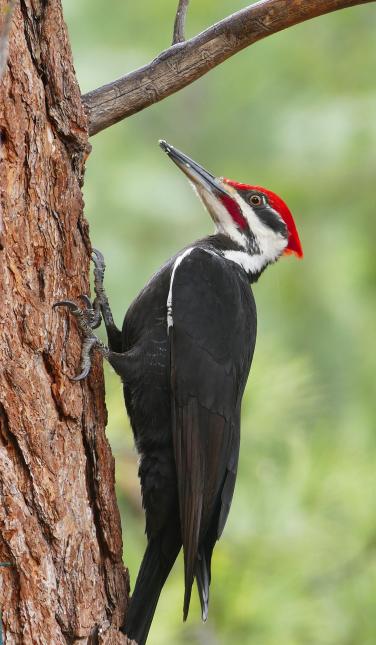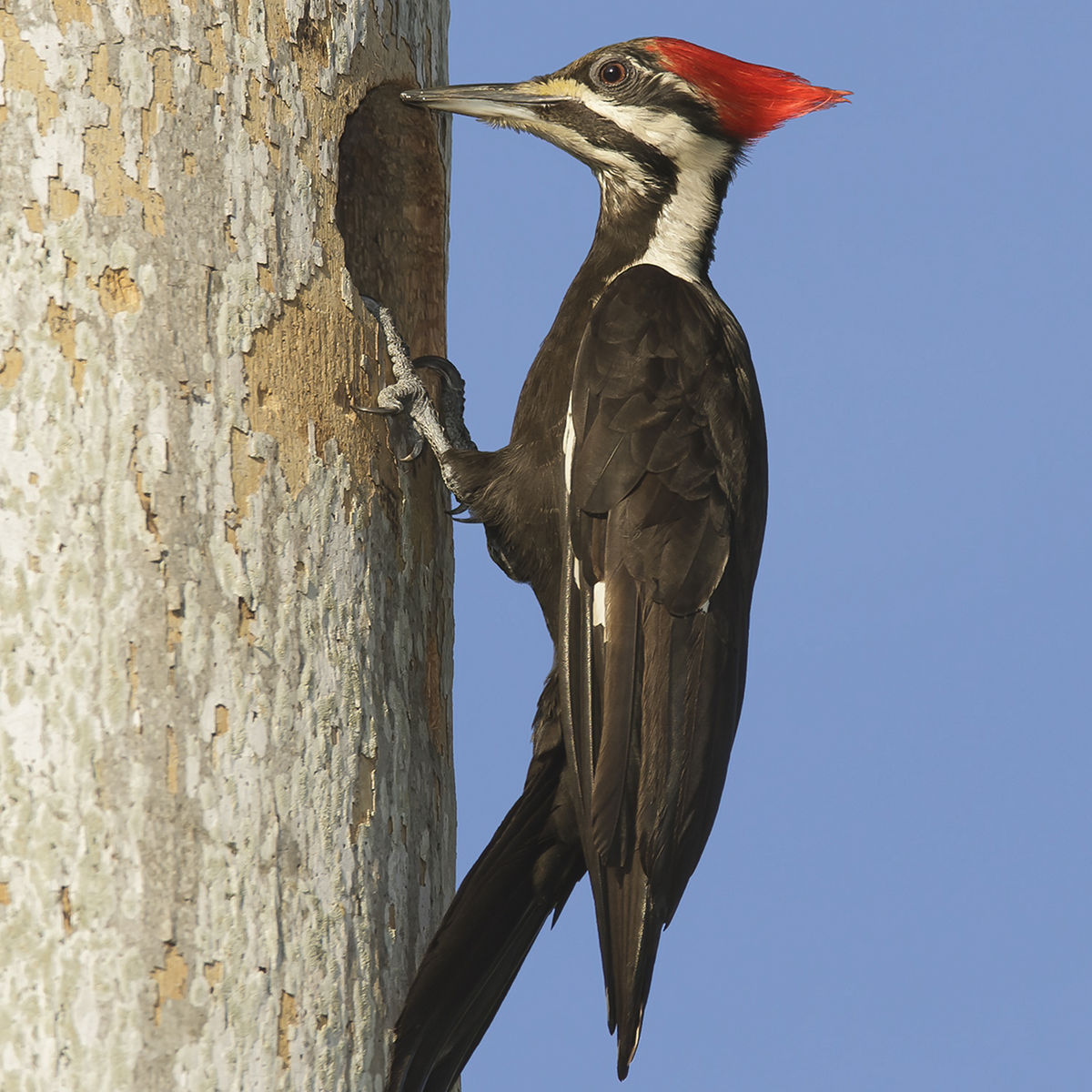Discover the Interesting World of Woodpeckers: Everything You Required to Know
The world of woodpeckers is a world loaded with special behaviors, detailed adaptations, and a diverse array of varieties. From their environments and circulation patterns to their feeding behaviors and specialized physiological functions, woodpeckers have actually long captivated the passion of ornithologists and nature enthusiasts alike. Understanding the complexities of these interesting birds offers a glimpse right into the complex interplay between their biology and the setting. As we check out the world of woodpeckers better, we reveal a wide range of info that clarifies their importance in ecosystems and the difficulties they encounter in an ever-changing globe.
Woodpecker Habitats and Distribution
In North America, for example, woodpeckers can be identified in both coniferous and deciduous forests, utilizing their solid beaks to forage for bugs and produce nesting tooth cavities in trees. In Africa, certain woodpecker varieties have actually adapted to arid settings, such as the acacia forests, where they play an essential function in managing insect populations.

Feeding Behaviors and Diet
Amongst the different aspects of their behavior, woodpeckers show unique feeding practices and nutritional choices. These birds are mainly insectivores, with a diet that consists of ants, beetles, caterpillars, and other pests discovered in trees. Woodpeckers use their solid beaks to pierce into the bark of trees, probing for pests and larvae concealed below the surface. In enhancement to insects, woodpeckers likewise take in nuts, seeds, fruits, and sap. Some species have specialized tongues with barbed tips that aid them remove bugs from holes in wood.
Woodpeckers are understood for their drumming behavior, which offers not just to communicate with other woodpeckers yet likewise to situate food. The fast drumming noise is created by the bird pecking on resonant surfaces like dead trees or metal poles. This behavior can draw in bugs concealed in the timber, enabling the woodpecker to find their presence and eat them.
Distinct Adjustments for Tree Climbing
In their experienced pursuit of insects hidden within tree bark, woodpeckers have actually evolved amazing physiological functions that equip them with special adjustments for reliable tree climbing. Among the crucial adjustments is their zygodactyl feet, with two toes directing forward and two aiming backward, giving a strong grip on tree trunks. This specialized foot arrangement enables woodpeckers to stick to upright surfaces effortlessly, enabling them to move up and down trees with agility. Furthermore, woodpeckers have stiff tail this page feathers that act as an encouraging prop while they climb, assisting in equilibrium and stability. Their strong, chisel-like beaks are not just used for boring right into wood however likewise for clutching onto bark as they ascend tree trunks. Moreover, woodpeckers have solid neck muscles and an one-of-a-kind skull structure that absorb the impact of constant pecking, allowing them to climb up vertically without creating injury to their minds. These adaptations display the incredible evolutionary design that allows woodpeckers to browse trees with precision and performance.
Diverse Woodpecker Types Worldwide
With over 200 various varieties spread across numerous environments worldwide, the family of Picidae includes a remarkable variety of woodpeckers. These birds can be found in woodlands, woodlands, savannas, and even city locations, showcasing their flexibility to different settings. From the legendary Northern Flicker in North America to the vivid and evasive Crimson-backed Flameback in Asia, each woodpecker species displays special qualities in regards to plumage, behavior, and environment preference.
Woodpeckers vary considerably in dimension, with the petite Downy Woodpecker determining around 6-7 inches in size, you could try here while the effective Lineated Woodpecker can get to up to 17 inches - Woodpeckers in Florida. Their beaks likewise can be found in different shapes and dimensions, showing their feeding practices. Some types concentrate on removing pests from tree bark, like the Acorn Woodpecker, while others, such as the Black-cheeked Woodpecker, feed upon fruits and seeds

Preservation Initiatives and Challenges
Preservation campaigns for woodpecker populaces are vital in mitigating the effect of environment loss and various other threats dealing with these diverse bird types. Woodpeckers deal with various challenges to their survival, primarily due to deforestation, urbanization, environment change, and intrusive varieties. To resolve these issues, conservation efforts concentrate on shielding and bring back woodpecker environments, implementing lasting forestry methods, and raising understanding about the significance of these birds in ecological communities.
One considerable challenge in woodpecker preservation is the fragmentation of their environments, bring about separated populaces that are much more susceptible to extinction - Woodpeckers in Florida. Conservationists function to produce wildlife passages and secured locations that attach these fragmented environments, allowing woodpeckers to move between various areas for feeding, reproducing, and sanctuary

Final Thought
Finally, woodpeckers are interesting birds with special adaptations for tree climbing and feeding habits. They can be found in varied habitats worldwide, dealing with conservation find more info difficulties as a result of environment loss and human activities. Understanding their habitats, diet plans, and actions is essential for conservation initiatives to protect these essential bird species. Further research and preservation activities are needed to make sure the survival of woodpeckers in the wild.